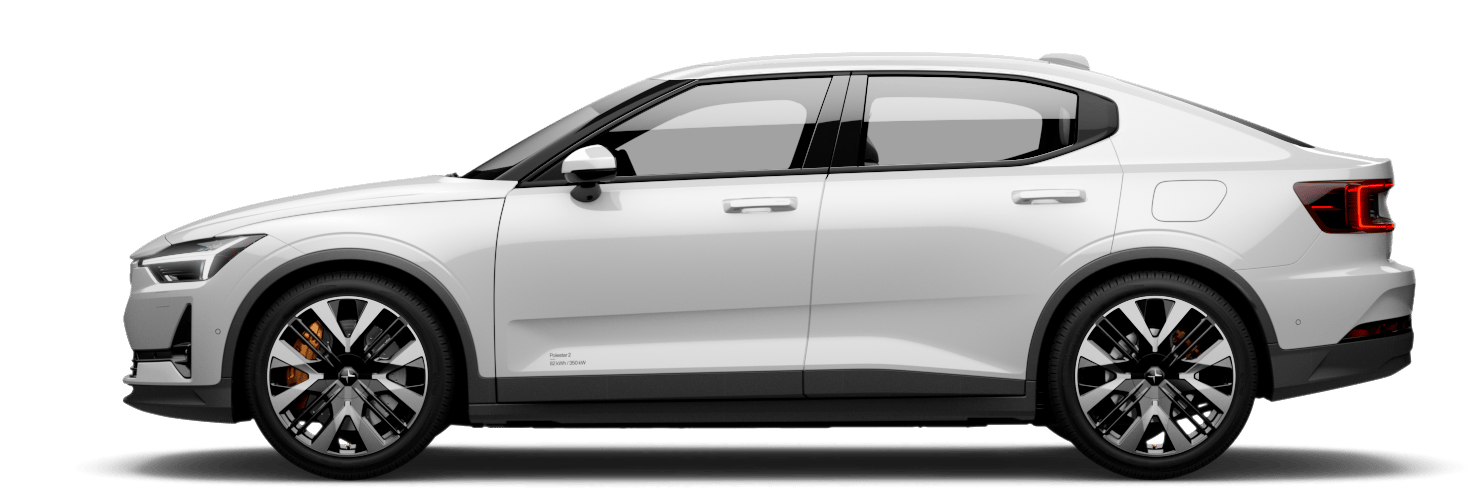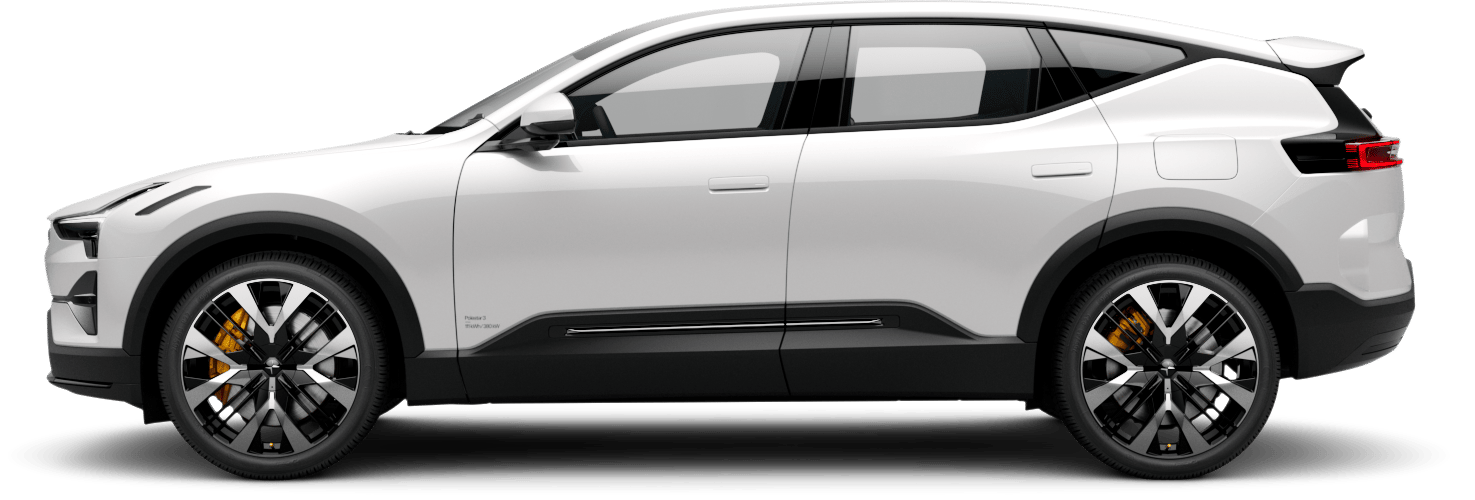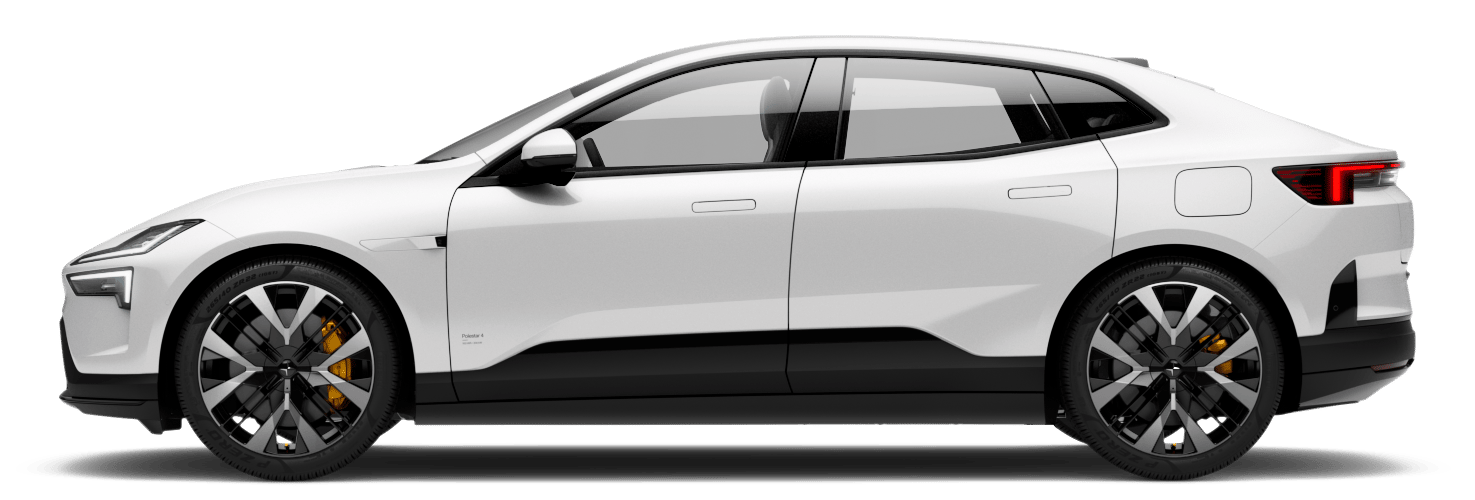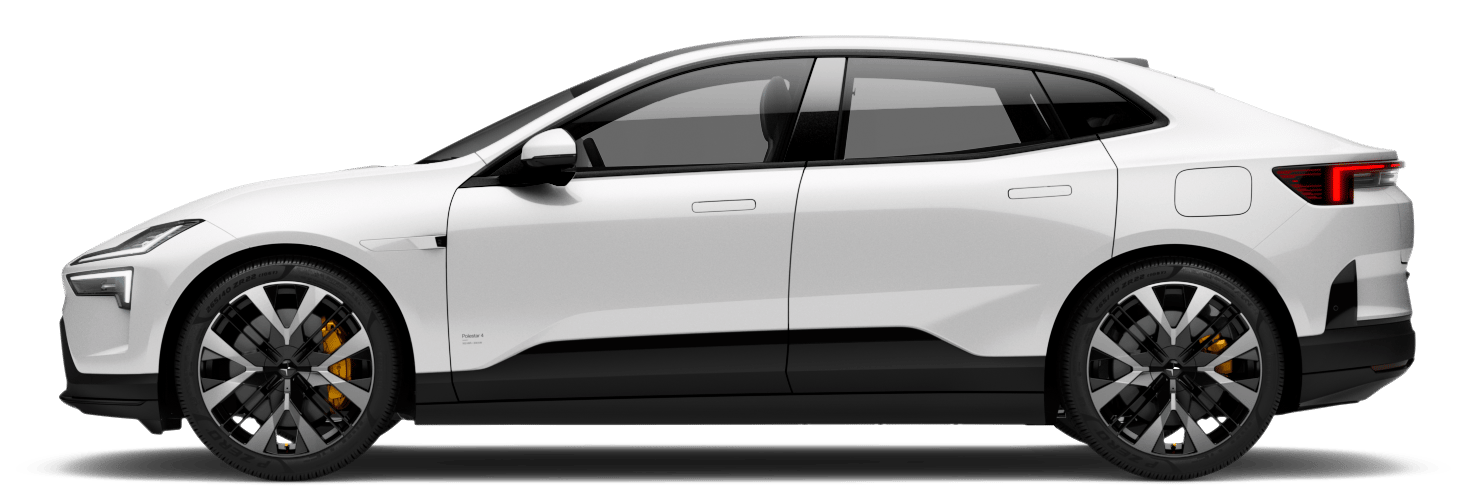Cold conditions
When driving in cold conditions, there are many things to take into consideration. From energy consumption and battery health to a comfortable climate and different safety aspects. Be sure to familiarize yourself with what this way of driving entails, as well as which laws and regulations may apply.
Visibility
In cold conditions, ice and condensation can obstruct visibility. Your vehicle is equipped with defrosters, a heated rear windshield and heated door mirrors to prevent this from happening.
Warning
Scraping the windshield
The windshield area in front of the front-facing camera has its own heating to defrost and remove any build-up of snow or ice. Do not use an ice scraper on this area, as it can scratch the glass surface. Scratches or damage to the glass can interfere with or limit the camera's detection capabilities.
Range
Cold temperatures can negatively affect your vehicle's battery. When the vehicle has a cold battery, a snowflake  appears next to the battery percentage. This indicates that the battery’s charge capacity, performance and range are reduced compared to normal conditions. You can avoid this by always charging your vehicle while it's parked, which can prove especially useful if you are parking in a cold climate.
appears next to the battery percentage. This indicates that the battery’s charge capacity, performance and range are reduced compared to normal conditions. You can avoid this by always charging your vehicle while it's parked, which can prove especially useful if you are parking in a cold climate.
When the battery warms up – for example, during preconditioning of the vehicle or when driving – the snowflake disappears from the instrument panel.
Tip
Activating eco climate allows your vehicle to make extra adjustments to increase your range.
If you feel like this makes the passenger compartment a bit too cold, you can use seat heating and steering wheel heating to keep warm, as these use less energy.
Maintenance
Note
Frozen door handles
In rare cases, frost or ice may prevent the handles from folding outwards. If this happens and the vehicle is unlocked, you can still use the handles to open the vehicle.
- Activate preconditioning in the Polestar app to heat the vehicle.
- Carefully brush or tap the door handle to remove the ice manually.
Tire pressure
As the temperature drops, the tire pressure drops. Remember to check the tire pressure regularly and adjust it as needed.
Important
Cleaning in front of the radar units
If you find dirt, snow or ice, or if the vehicle indicates that a radar unit is blocked, you should address it as soon as possible. Always clean and clear a large area around the radar units to ensure their full field of view is available.
Parking in cold weather
When the battery is cold, the vehicle temporarily reduces battery performance until it warms up. Driving the vehicle in a state of reduced performance doesn't harm the battery.
To avoid temporarily reduced performance due to a cold battery, connect the vehicle for charging and activate the vehicle's preconditioning ahead of your trip. The vehicle can then heat the battery without affecting performance and available range.
In temperatures below -30 °C (-22 °F), avoid leaving the vehicle parked without charging for longer than 24 hours.





